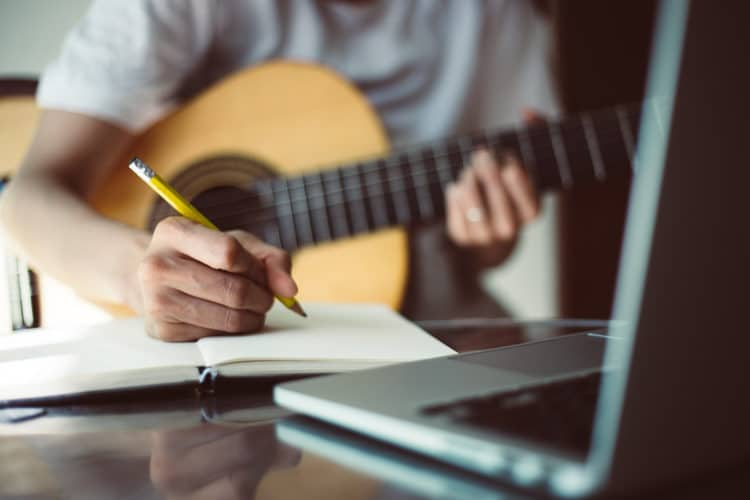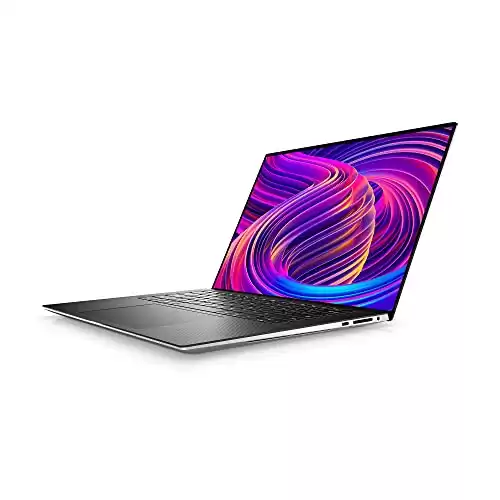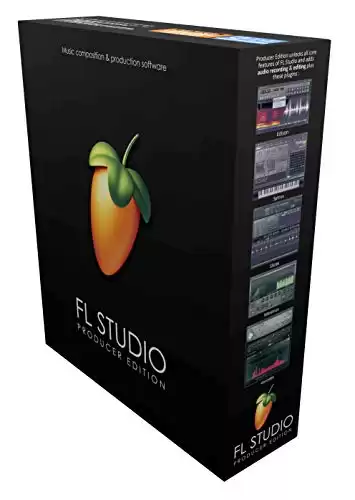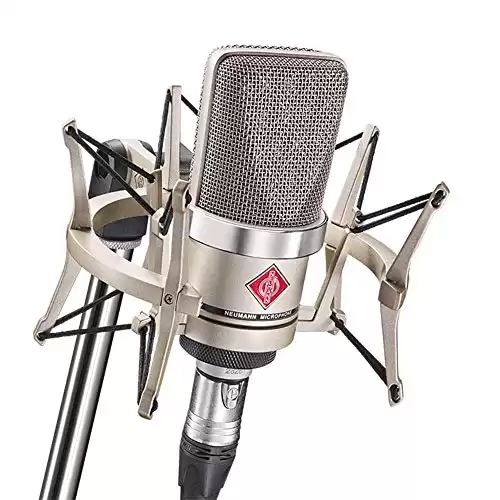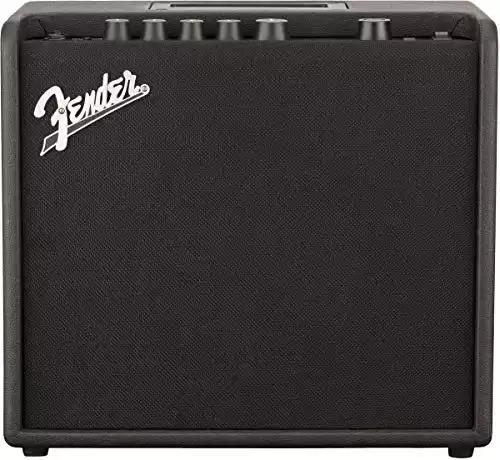Have you always wanted to write music? Are you held back because it feels like you don’t have the knowledge needed to create a good song?
Most people have fiddled around with a piano or strummed a guitar. Although the notes played might not have been a formal song, the actions show that you don’t need to be a musician to create something beautiful.
You might have taught yourself how to play or sing. Today might be the first day of your musical journey. Either way, you don’t need to know anything about musical theory to start creating with this guide as your resource.
How to Write a Song If You Don’t Know Music Theory
There are no rules to follow when people want to write songs. Musical theory also suggests that dozens of guidelines must be implemented to create a composition. Music flows through each person when they invest themselves in sounds, harmonies, and melodies. It requires no formal training to make something.
Many people ask how it is possible to write a song when you don’t have an instrument available. The truth is that everyone has an instrument that they can play, but they don’t always realize that it is available.
Your voice is one of the most complex instruments available today. You can produce sounds up and down the register in unique and interesting ways to express yourself.
Your hands or feet become like drumsticks if you don’t have a voice. They can make sounds on almost any object to produce an attractive rhythm.
When that isn’t an option, you can make various sounds with your body through movement. Even rubbing your back against the wall in a rhythmic way can produce unique sounds that can get sampled by a DAW.
The Importance of Symmetry in Music
Music is a lot like a haiku. Instead of following the 5-7-5 rule, you’re creating lyrics that proceed with whatever guidelines you’ve initiated.
Each word has a rhythmic pattern. When you clap out the syllables, you’ll get an idea of what to expect from the music behind a vocalist.
That structure lets you write about anything. Perry Gripp provides an excellent example of this trait with the song “Raining Tacos.”
It’s raining tacos from out of the sky.
Tacos – no need to ask why.
Just open your mouth and close your eyes.
It’s raining tacos.
This song goes to a second verse after singing the first one.
It’s raining tacos out in the street.
Tacos – all you can eat.
Lettuce and shells, cheese and meat
It’s raining tacos.
You’ll notice that this song breaks the symmetry rule. The second verse doesn’t use the same syllable count lyrically as the first one. Although the music stays the same, it’s a noticeable change.
That’s what makes music such an interesting concept. For every rule that someone wants to follow through musical theory, there’s another person out there deciding not to follow any of them.
What Are the Structural Elements of a Song?
A song is one of our oldest forms of creative self-expression. Not only does it cause our brains to react in ways that generate pleasure, but it’s also one of the few elements known that causes us to use our entire mind to process the information a composition contains.
When you want to write a song, you’ll need to know about the six primary elements each one contains. Although you don’t need to follow the same script, every composition contains the following elements.
| Song Element: | Reason Why This Song Structural Element Is Helpful: |
| Introduction | • A song’s introduction should grab the listener’s attention without being an overwhelming experience. • That’s why most of them tend to be low-key, slow, and a bit mellow. • The goal is to establish tempo, melody, and rhythm while introducing instruments and vocalists. |
| Verse | • This element is the chance to start telling a story. • It’s where the purpose of the composition comes into play, offering something for the listener to consider. • Since the chorus and pre-chorus tend to use the same words, this part drives the narrative forward. |
| Pre-Chorus | • Although considered optional, this element services to increase the chorus’s impact on a song. • It’s usually given a chord progression from the previous or upcoming song element to create more familiarity. • Some songwriters use it to experiment with pattern breaks or unique harmonies. |
| Chorus | • This element is where the big ideas of your song come together in a satisfying way. • Although a hook can appear anywhere, it’s usually placed here since it’s a repetitive element. • If your entire song is a mountain, the chorus is the summit where you have the best views. • Everything builds to this moment. |
| Bridge | • Most songs only have one bridge, although it is possible to add more. • It’s usually between the second and third chorus, providing the listener with a change of pace. • Adding a jolt of energy at this point serves as a reminder that there’s more to music than pure repetition. |
| Outro | • The outro is an optional part that ends the song. It tells the listener that the experience is coming to an end. • Most compositions reverse the intro or offer a slow fade-out. Some musicians like to do some ad-libbing here to create extra variety. |
Steps to Follow When Writing a Song
Writing a song seems complicated, but it’s relatively straightforward process. Anyone can put together a tune by implementing the following steps.
1. Choose a title for your song.
What is the primary message you want listeners to hear when your composition is finally complete?
A song title is a lot like a thesis statement in an essay. It should convey what to expect with the subject matter in the lyrics or the atmospheres from the sounds.
2. Write songs from your experience.
Although you can write a fictional song and make it seem real, the best music comes from the heart. It must be from an authentic place to connect with listeners on a personal level.
When you can be vulnerable with your composition, it has a chance to touch a lot of people’s lives in positive ways.
3. Select a song structure.
The most popular song structure that musicians used today is called ABABCB. That means you have a verse, followed by a chorus, which then introduces another verse and chorus, before introducing the bridge and a final chorus to end the song.
Some songs follow an AABCB format. Others use ABABABCABC.
It’s entirely up to you as to what you want to do with a song. Just because the music industry uses formulaic structures doesn’t mean you need to do the same. Try to embrace your creativity whenever possible.
4. Construct a temporary verse and chorus.
What do you want to say in your song? This step is the appropriate time to start thinking about your hook. That’s the element that draws a listener to your song because they want to keep hearing that specific part.
Some hooks are lyrics, while others are sound effects. You can create one with an electric guitar solo, a drum riff, or vocal improvisation.
It helps to think about the emotion you want to describe when composing this part of the song, even temporarily. This work helps to refine the eventual message.
5. Choose your melody.
Most songs today use a combination of three or four chords to create a melody. You will also hear melodic note sequences that move up and down through those primary chords to produce variations.
A fun way to choose your melody is to sing your lyric or hum what you want an instrument to sound like in an empty room.
That first draft of your music makes it easier to refine what you hope to accomplish while progressing through the work.
6. Start including chord progressions.
After you have an idea of what the melody should accomplish for your song, it’s time to add more chord progression to each structure.
The first step is to add a repeated, simplified pattern that adds some energy to the mix. Keep playing with the melody and chorus until you can find something that feels right for the song.
Don’t forget about the power of a background track. “Old Town Road” became a smash hit for Lil Nas X with one.
7. Think about rhyming your lyrics… unless you don’t want to rhyme.
Most songs follow the same rhyming structures as poems. That means each verse ends up being one or two stanzas, with the chorus becoming a repeatable third. It helps to find phrase pairs in the material if your music feels disconnected.
Each rhyming phrase should be its own sequence instead of being forced into settings that don’t make sense. Once you’ve accomplished this step, you’re ready to connect the verses and chorus to the bridge.
You don’t need to add a bridge before the final chorus. You can decide to end a song after a verse instead of having a final chorus.
There’s even the option to include an introduction before everything else starts in your composition.
Some songwriters even repeat one of the refrains from the intro verse to close out the song, like how you’d go from the first to the last page of a book.
8. Put it all together.
Once you have all of the elements of a song gathered together, you have a recipe to create the perfect composition. Give yourself some time, be willing to make some changes as the music develops, and let your creativity and instincts guide the process.
Equipment Needed to Record Music Your Own Songs
With today’s DAW software, anyone can record music at home faster, easier, and cheaper than ever before. Most hardware setups don’t require a physical instrument to create melodies, harmonies, and more.
I highly recommend investing in a laptop with excellent processing speeds and RAM to ensure the best composition experience.
When you start writing a complicated piece with multiple tracks, it’s not unusual for computers to crash because of the memory load requirements.
My preferred setup is the Apple MacBook Pro with the M1 chip. This computer has an eight-core CPU, a 14-core GPU, and 16 GB RAM. Since you get Garageband for free this way, it’s worth giving it a look.
Some people don’t like to use Apple products. I’ve also found that Ableton works better on a Windows PC than trying to use the Mac version.
If you prefer that DAW, I recommend the Dell XPS 15 9510 Laptop. It comes with 4K Touch, an i7 Core 11th generation processor with 4.6 GHz, and 32 GB RAM for fast processing.
There’s enough power in the Dell XPS 15 that it can double as a gaming computer.
That’s all you need to get started. You can record vocals or acoustic instruments on the computer’s internal microphone.
When you open your preferred DAW, keyboard typing on the piano roll lets you create different sounds and harmonies.
Although I prefer Garageband or Ableton for most applications, I’ve also come to love how FL Studio delivers automation and mixing to my music.
It’s got one of the best piano rolls you’ll find for DAW software today, providing over two decades of direct experience into your home recording efforts.
Out of Garageband, Ableton, and FL Studio, the latter was the hardest one for me to learn. It’s almost overwhelming to see all the options there to use.
The stock synths offer some great options, especially when you can match it with an instrument like the Behringer TD-3-RD Synthesizer.
The Behringer provides a pure analog signal path based on some of the industry’s best designs while delivering an authentic reproduction of the original circuitry from vintage units. You’ll also gain access to square and sawtooth waveforms for a complete shaping experience.
After you’ve secured the basics, it’s time to start thinking about expansion. You’ll want a microphone for recording vocals, an amplifier for electric instruments, and sound deadening equipment to reduce echoing and bounce in the audio stream.
Here are the best choices for each category.
Best Microphone for Recording Music at Home
Although you can get a reasonably good result with an internal mic and digital DAW condensing, nothing compares to the real thing. The Neumann Pro Audio Cardioid Condenser Microphone delivers the ideal recording tool, providing a compact frame with a large diaphragm capsule to deliver an undistorted track.
It uses a uni-directional aluminum frame and cardioid pattern to create consistent results for all sounds and vocals.
You also get an integrated pop screen inside the microphone to ensure your hard syllables don’t create unwanted sounds in the recording.
Best Amplifier for Recording Music at Home
For an economical home recording experience, I highly recommend the Fender Mustang FT-25. It delivers 25W output while maintaining a compact shape and an authentic sound. You can plug in your keyboard or guitar (or another compatible instrument), have the computer’s internal microphone pick up the sound, and lay tracks quickly and conveniently.
- 25-watt Combo Amplifier
- Single 8” Fender Special Design guitar speaker
- Cabinet Material: Wood
- Easy to Use
- Display: 1. 8" Color Display
- Stereo Headphone Output
- USB Interface
The amplifier uses a versatile signal chain to create some incredible tones. When you’d rather practice, a stereo headphone output is available to use. You can even utilize the USB interface to record directly.
Best Home Recording Studio Panels to Use
Each room has a unique acoustic profile that you must deconstruct when recording songs. Without panels or blocks on your wall, the audio waves bounce off the flat surface to create an echoing effect.
I prefer to use the Acoustimatic DMD Stagger Panels because they look like modern art on the wall while delivering a consistent performance.
You get the installation hardware in the box, which means the entire installation is finished in minutes. It’s an ASTM E84 Class A fire-rated addition to your studio.
You know need to know musical theory to write a song. All it takes is some creativity, love, and a desire to compose.

